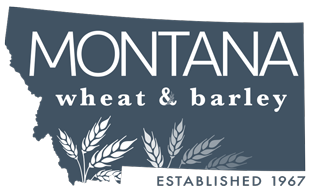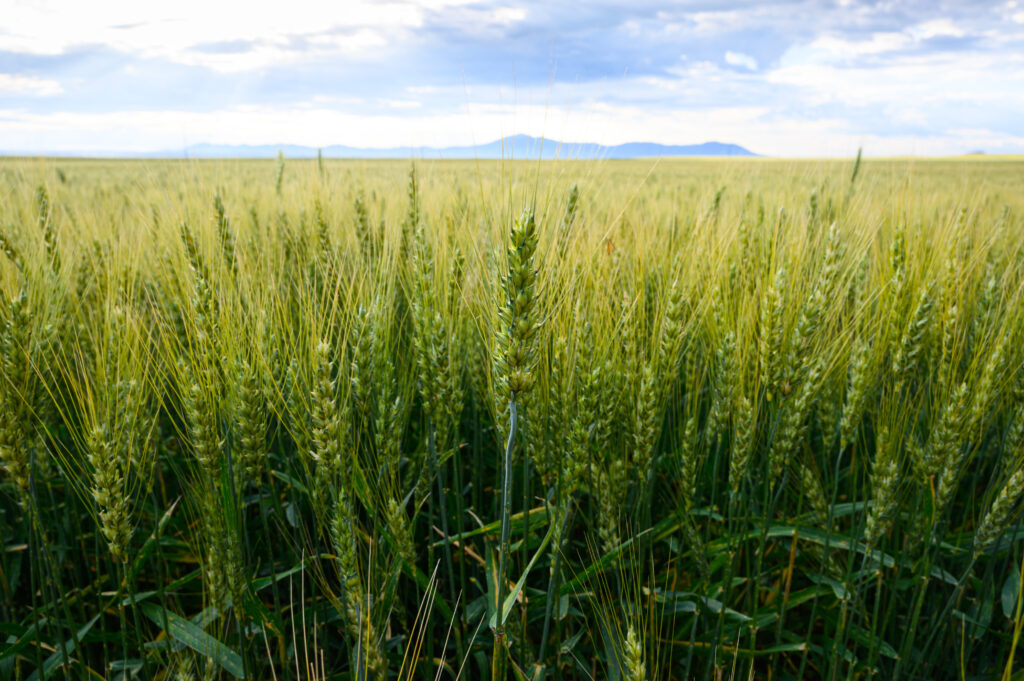“Wheat is Wheat.” This phrase is often heard and implies that the product is interchangeable and indistinguishable. Over time I have learned to appreciate this phrase on a different level, let us marvel at the complexity of what wheat really is.
The cultivation of wheat started some 10,000 years ago, the earliest varieties of wheat is said to be einkorn and emmer grown in southeastern Turkey, both are still grown today!
A genome is the genetic material of an organism, wheats genome is one of the most complex known to man. Five times larger than a human genome:

Every year, Montana farmers support experts at Montana State University to further understand the complexity of wheat. On any given year, our farmers donate thousands of dollars toward wheat breeding and genetics. More specifically the past four years $120,000- 90,000 toward wheat genomics.
Each year, Montana State University (MSU) breeders screen around 2500 new varieties. Over 4-5 years through selection, that number gets reduced to one or two varieties that have release potential. These varieties are evaluated genetically to see if they include desired traits like stay green, semi-dwarfism and aluminum tolerance, to name a few. Farmers see the importance of investing in experts focusing entirely on combatting environmental growing challenges every year through genetics. All the while developing varieties that maintain and develop the quality our overseas markets have come to appreciate and expect.
Wheat currently accounts for around 20% of the worlds consumed calories. In some countries, wheat is the primary source of nutritional protein. Protein in wheat is very complex but a key factor in baking. Protein content in wheat gives many different characteristics that determine end use. From a high protein product like a bagel to a low protein product like a crumbly cracker and everything in between. While protein and gluten content are correlated, they are individually unique as well. The gluten content also determines end use, Durum flour (semolina) is used for pasta which has a strong but not elastic gluten. Hard red spring wheat, which is strong and elastic, is often used for pizza dough. Protein content that is the same between 2 different varieties may perform completely different in the bakery due to the complexity of the plant’s genetics.
One could go on and on about the complexity but what is amazing to me is you can spend a lifetime studying and learning about a single plant. What seems simple at first glance, this one plant has provided a variety of careers for thousands of years that is yet to be fully understood. So yeah, wheat is WHEAT!
Sources:
https://www.thoughtco.com/wheat-domestication-the-history-170669

